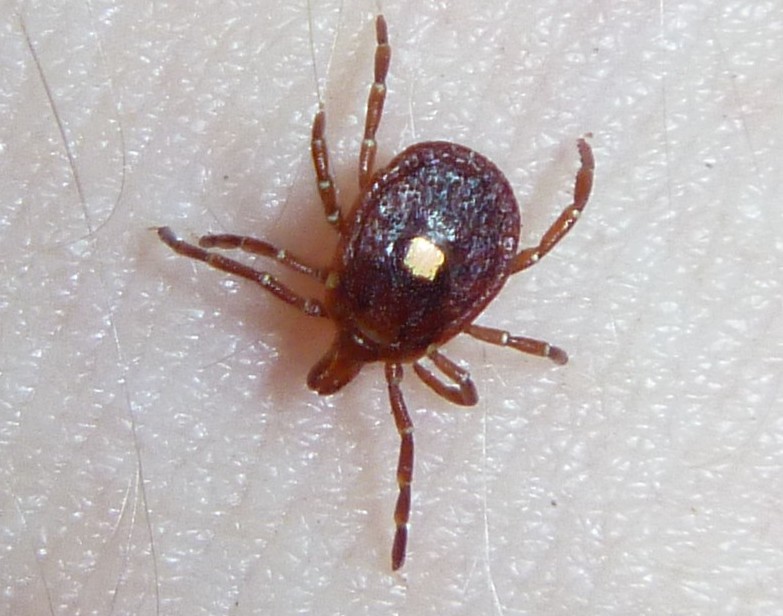FIND YOUR LOCAL
STARK SERVICE CENTER
Amblyomma Americanum
The lone star tick, also known as the northeastern water tick, turkey tick, or the cricker tick, is a small reddish-brown insect that feeds on medium and large mammals. While females can range from 1/6 of an inch to 1/2 of an inch in size, the males are smaller. The larvae have six legs, growing two more as they enter the nymph and adult stages. They are most commonly found feeding on white-tailed deer.

| Color | Reddish-brown |
| Legs | 8 |
| Shape | Oval |
| Size | Females are 1/6-1/4” (4-6 mm) un-engorged and 1/2” (16 mm) engorged; Males are smaller |
| Antennae | False |
The lone star tick is located from west-central Texas to northern Missouri, eastward to Maine, and the southern tip of Florida. They cannot survive sun exposure for long, therefore, they are often in shaded areas.
Lone star ticks have reddish-brown flatted oval bodies that turn slate grey when engorged. Females have a single white or silver spot on their backs, while males have varied white streaks or spots around the margins of their shields.
These ticks can transmit Ehrlichia chaffeensis and Ehrlihcia ewingii, which cause human ehrlichiosis. Symptoms include muscle aches, fever, and chills. They can also carry tularemia and STARI. Their bites occasionally cause a circular rash.
The lone star tick typically lives in wooded areas, particularly second-growth forests with thick undergrowth.
Lone star ticks do not survive indoors, so keep your grass cut low and trim back vegetation along trails, paths, and yard edges. It helps to remove debris and ground cover as well.
Contact Stark Exterminators for a professional pest control plan if your lone star tick issue continues.
After you submit the information below, a trained professional in your area will get in touch within 1-2 business days to set up a date & time that is convenient for you.